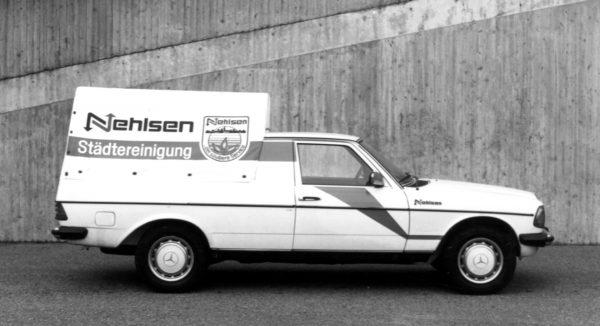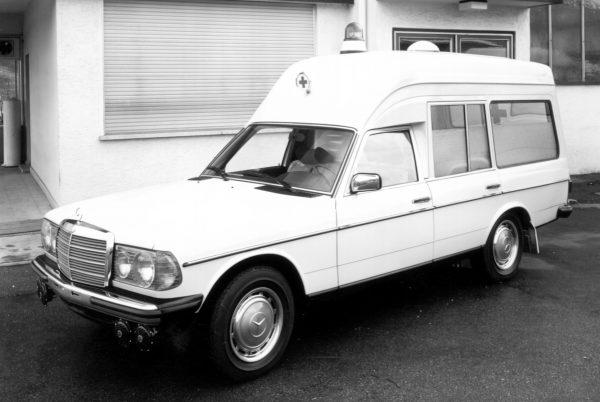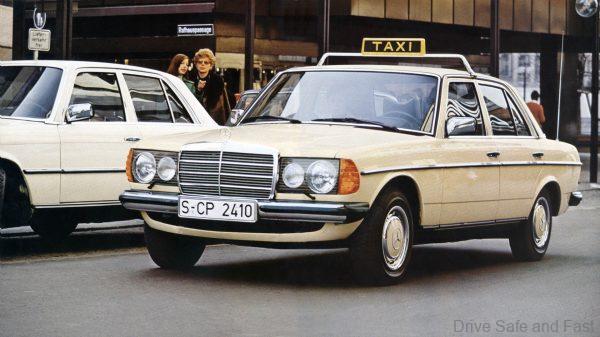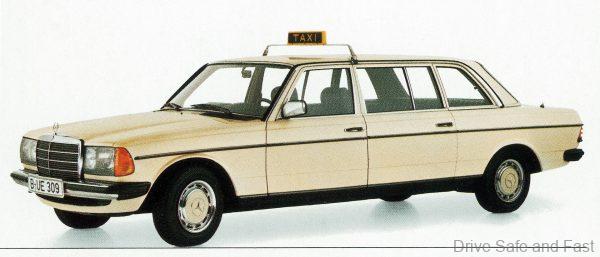The most popular E-Class, the W123, wasn’t even called ‘E-Class’!
Mercedes-Benz as we know it today derives many of its brand values and brand prestige from the models produced in its past. We feel that the W123 was perhaps the model that earned the brand its reputation for durability and quality. It should be noted that this model was not really called the ‘E-Class’ back then.

The E-Class name came during the production run of the W124 (the W123’s successor). Back when the W123 was in production, the ‘E’ in its name referred to ‘fuel injection’ (einspritzung) in petrol engines. There were just as many ‘D’ models with diesel engines sold, meaning this product line could have ended up being called the D-Class had the rebranding exercise gone a different direction.

To even refer to it as the W123 is slightly inaccurate. The W123 refers to the four door sedan version.

There was also a station wagon known as the S123 (the first wagon from the brand), a coupé known as the C123, a long-wheelbase limo known as the V123 and as a rolling chassis which was modified for use as ambulances and hearses.


This was by no means the best or most desirable vehicle the company had to offer at the time. In fact, there was no ‘C-Class’ or ‘190E’ in the 1970s, so the W123 with less powerful engines and lower equipment levels served as the entry-point into the Mercedes-Benz brand.

Nearly 2.7 million units of the 123 were made. Many served as family vehicles but more still were put to use as taxis.


Despite the wide applications and the lower trim levels available, there were few compromises in terms of build quality and core engineering work that went into the W123-era E-Class.
Despite being an intermediate-level Mercedes-Benz, the 123 featured engineering and design cues from the S-Class. The double-wishbone front suspension is one example of this. Its complex design ensured the wheels would not be deflected inwards or outwards during braking. The rear suspension was of a more traditional and simple diagonal swing axle from the preceding W115 model.

The 123 was produced from 1976, the same year West Germany mandated seat belts for front occupants. In keeping with this focus on vehicle safety, the 123 was developed with a focus on restraint systems and a passenger compartment that was engineered for occupant safety. Airbags were integrated later on as an optional extra in 1982.

All of these technological breakthroughs in a vehicle that was not too large nor too expensive for the middle-class family or large taxi operator. What’s more, the W123 used proven powertrains that were known to last hundreds of thousands of kilometers with minimal maintenance.

And, as mentioned, there were no smaller or cheaper Mercedes-Benz models on offer, so the 123 presented an uncompromising product to anyone willing to enter the Benz family. Add all of these factors together and it’s easy to understand why the 123 was as popular as it was.

Today, W123 prices are on the rise. There are plenty of units for sale in Malaysia and many that are still being maintained (or sometimes neglected) in houses across the nation. Our advise is to find something with a service history or that has been taken care of dutifully.

For sedan models, don’t pay too much – these are not particularly rare cars, so don’t be taken by any talk of appreciation in future. Check prevailing market prices and make your decision based on condition and documentation. Spend a little extra if it’s a wagon or if it’s a long-wheelbase model or if it has a high capacity petrol engine. The diesel engines can be sluggish, even with a turbo.



The most desirable models tend to be high capacity coupé models like the 280 CE and 300 CD. These are going to be easily 2-3 times more expensive and harder to find than their sedan counterparts, but definitely more ‘collectible’.

Take a look at the breakdown of models below:
